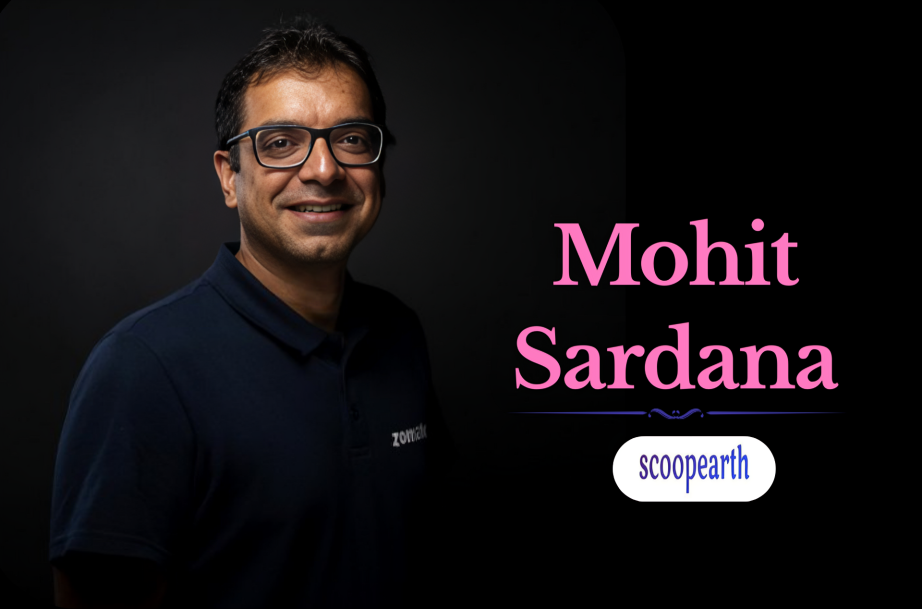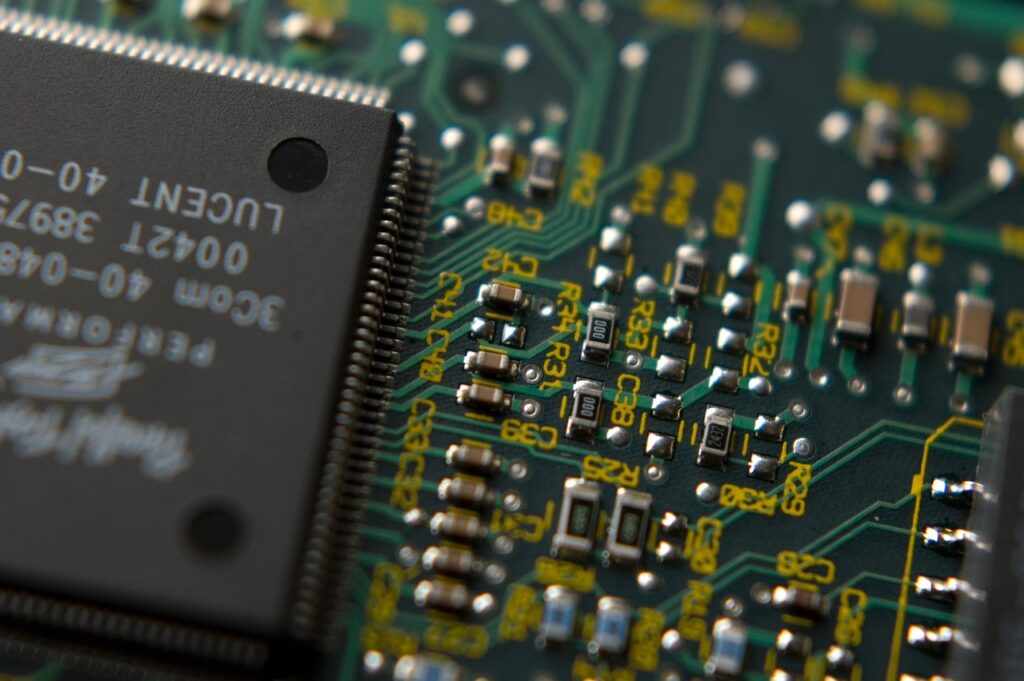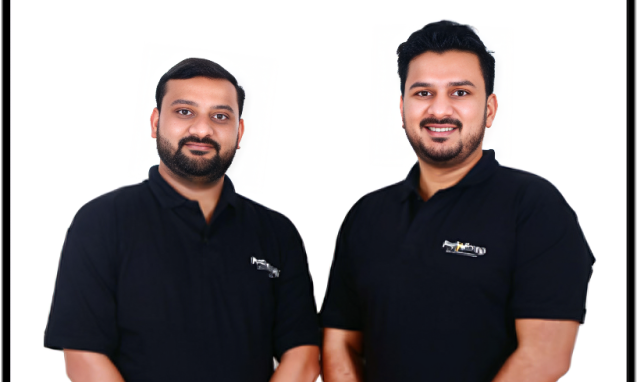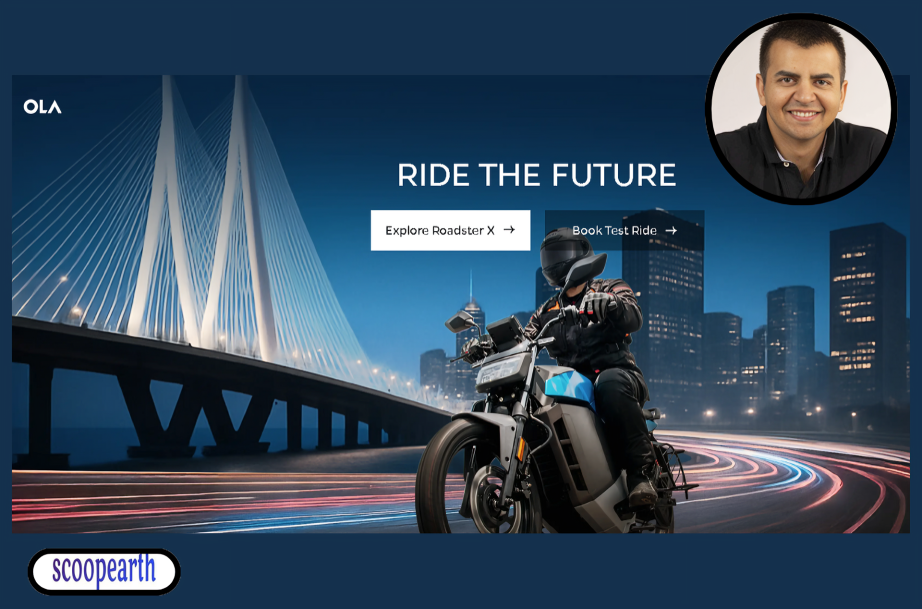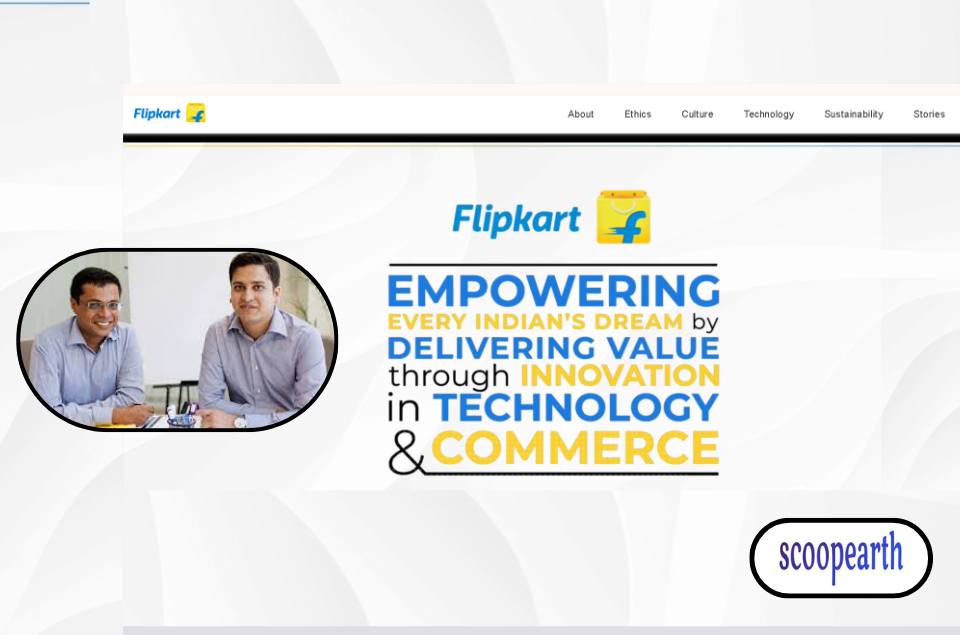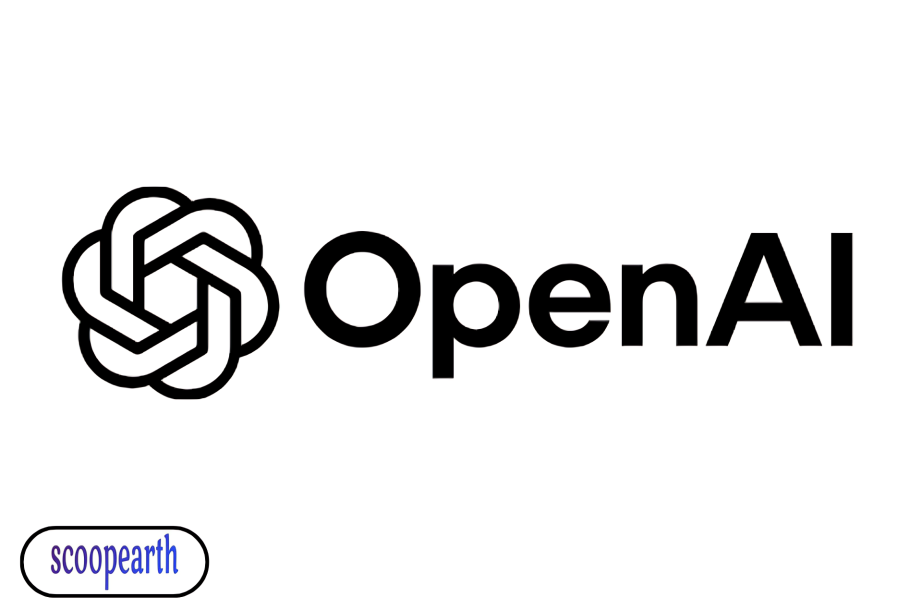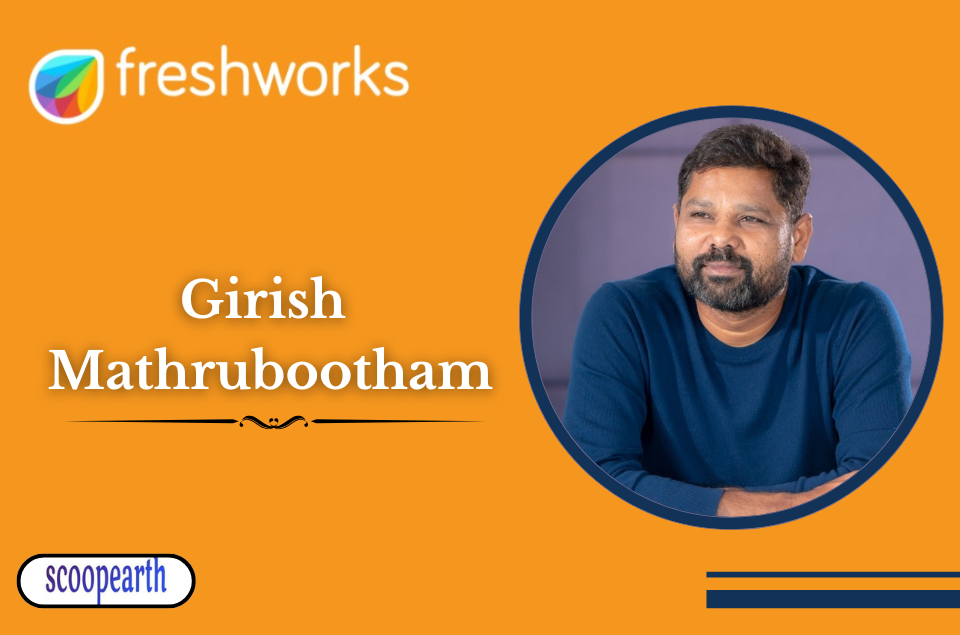Meet Avneesh and David: the founders of Netradyne, transforming India’s fleet safety
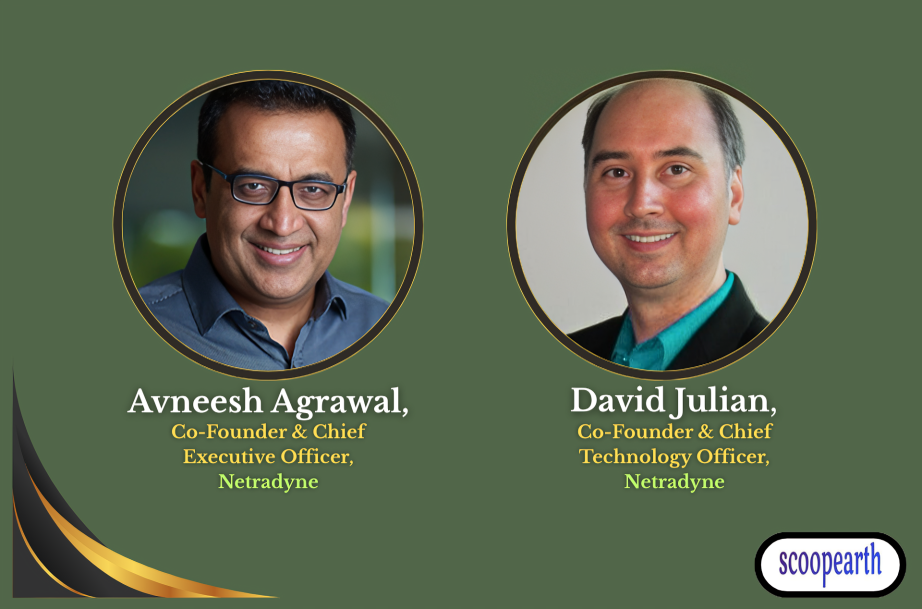
SUMMARY
Introduction:
Road safety is a big concern, especially in densely populated countries like India, in today’s fast-paced world. Millions of vehicles move over cities and highways daily, everywhere. With all this traffic, bigger problem like accidents occurs. The data shows that around 150k people die from road crashes in India every year. That’s where Netradyne comes into the picture.
This Indian startup is using smart AI to keep drivers safe. Netradyne, founded in 2015, focuses on technologies to help fleet operators keep their drivers safe. Their primary product, named Driver•i, is a smart camera that pays attention to the road and the driver in real time. This article will take you through their journey, while exploring how Netradyne improves fleet safety and its impact on the country.
Simple AI for safer drives
The companies used to rely on old methods like manual checks and GPS trackers, but these methods could not spot dangers in real-time. However, AI could change all that, so with this solution, Avneesh and David set up their R&D hub in Bengaluru, India, with a key office in San Diego, California. After some time, the two founders realized that India’s market needed this attention more than any other country.
After realizing that India is the perfect place to test and grow, with millions of commercial vehicles on the country’s roads, they shifted to India. The goal was simple: Use AI to watch every moment of the driver and coach them for better driving skills. They poured their own savings and hired a team of engineers from India. By 2016, they had a working prototype made by combining American innovation with Indian needs.
They offered their main product, Driver•i, which is a small camera that fits on a car’s dashboard. Unlike other cameras, this one is powered by AI, so it learns and makes decisions quickly to help the driver.
The spark that started the startup:
Just like any other company, Netradyne also began with a small idea shared by two tech experts to tackle a huge problem: unsafe roads. The founders are Avneesh Agrawal and David Julian. Avneesh completed a PhD from Stanford University in the United States, where they studied advanced tech like AI and computer vision.
Avneesh grew up in India and saw the problems with the Indian roads and driving. He was a Senior Vice President at Qualcomm, a big tech company, where he led research teams. The two met while working on projects there. David was an engineer, and he loved to apply his tech knowledge to real-world challenges.
Avneesh and David left Qualcomm to build something new and launched Netradyne in 2015. They were motivated by India’s Make in India campaign, which inspired people to build products in the country. During that time, road accidents were a major issue in India. Busy streets, unpredictable traffic, and long hours for drivers made things risky.
In 2015, they teamed up to start Netradyne, the name comes from the Sanskrit word “netra,” meaning eye. The name focuses on their vision-based tech. The founders realized that traditional ways, like GPS trackers, were not enough to tackle these problems. They fixed the issue of unsafe driving in commercial fleets by using smart AI to capture every moment of driving in real-time and help drivers improve.
Working of Drive-I
First, the camera captures everything in front, inside, and behind the vehicle, and it has special lenses that allow it to see in complete darkness. After filming, AI watches the video in real time and identifies whether the driver is holding a phone while driving, going far too fast, or breaking road safety laws like wearing a seatbelt.
The camera also spots roadside signs, sudden brakes, and other stuff. What’s different about it is its alert system; rather than just producing a buzzer sound as a warning, it tells you what you need to do. The audio cues warn the driver by sending warnings like “Check your speed!” and it even gives feedback while you drive safely with “Great job! You are staying safe”.
This real-time coaching style helps drivers improve without much stress. The system connects to cloud storage so fleet managers can get all reports and videos on their phones. Netradyne trained its AI on Indian driving data with billions of real footage. The device just needs internet and power to work, making driving safer and smoother.
Overcoming struggles:
Starting a tech company isn’t easy, and Netradyne faced plenty of challenges. Avneesh and David struggled to raise money and build a team. Building an AI that works with India’s complex mix of cultures and road conditions was a nightmare. However, they were able to build trust with investors, employees, and early customers.
Their focus on good driving instead of just spotting errors helped them set Netradyne apart. By 2016, they had a product ready, and soon it was in vehicles all over India. The startup began with a small team and expanded to more than 700 people; 98% of its research and development takes place in India.
This homegrown approach helped them understand local needs better. The COVID-19 pandemic hindered its growth, slowing installations as fleets cut costs. But they pushed through it with their determination and smart work. These struggles helped the firm in turning obstacles into strengths.
How does it make a difference?
Netradyne’s story is proof of innovation and determination. The company started with a simple goal: to save lives by reducing risky driving. The firm became a unicorn with its worth over a billion dollars. Netradyne is proving that AI can make a real difference in everyday driving with over 3,000 customers and hundreds of thousands of devices on the roads.
Netradyne’s impact is clear: safer roads, happier drivers, and cost savings for fleet businesses. The company has transformed vehicle management by using AI for positive coaching. In a place like India, where accidents claim thousands of lives yearly, this technology could save many. The results of using Netradyne’s tech are impressive; companies using Driver•i reported up to 50% fewer accidents.
Natrayadyne helped drivers in many cases, for example, its AI even alerts if a kid is too close to the door or if the driver is in a sleepy state. Even oil tankers benefit, avoiding spills that could harm the environment. By focusing on fleets, which cause 30% of accidents, Netradyne tackles a key problem.
Conclusion:
Netradyne’s story from a startup to a billion-dollar unicorn inspires entrepreneurs. With a growing Indian economy and vehicles, Netradyne aims to lead the safety revolution. The firm aims for a world where AI makes every drive safe. They are also looking at sustainability to allow fleets to go greener by optimizing their routes.
Despite challenges ranging from tech glitches to struggles in raising money, they’ve shown that simple, positive innovation still works. Netradyne has helped save lives by lowering collision rates. The company hopes to have a presence in 15 countries by 2026. The article mentioned how this startup is leading the way to a safer future.
FAQs:
What is Netradyne?
Netradyne is a company that builds smart camera systems and AI software to help vehicle fleets drive more safely.
How does their technology work?
Small cameras and on-device AI watch the road and the driver, spot risky moments (like hard braking or distraction), save short clips, and send simple alerts to managers.
Why is this useful for fleets in India?
India has busy and varied roads. These systems help Indian fleets reduce accidents, lower repair costs, and coach drivers with real examples from local driving conditions.
Does the system record everything all the time?
No — it focuses on important events and short clips so fleets don’t have to store hours of video and can find useful moments quickly.
Can this technology prevent accidents?
It can’t stop every accident, but by spotting risky patterns early and enabling driver coaching, it helps reduce many common causes of crashes.
Will drivers be punished because of the cameras?
Good programs use the videos mainly for coaching and improvement, not punishment. Clear rules and transparency help build trust with drivers.
Is the AI adapted for Indian roads?
Yes — to work well in India, models and settings need local tuning so they understand regional traffic, road types, and driving behavior.
What business benefits do fleets get?
Fleets often see fewer accidents, lower insurance and repair costs, better on-time performance, and clearer training for drivers.
Are there privacy concerns?
Yes — companies must set clear policies on who can view footage, how long it’s stored, and how the data is used to protect driver privacy.
How will these systems improve in the future?
They’ll get better at predicting risky situations before they happen, integrate more with fleet tools, and become more context-aware while keeping driver fairness in focus.
Note: We at scoopearth take our ethics very seriously. More information about it can be found here.

